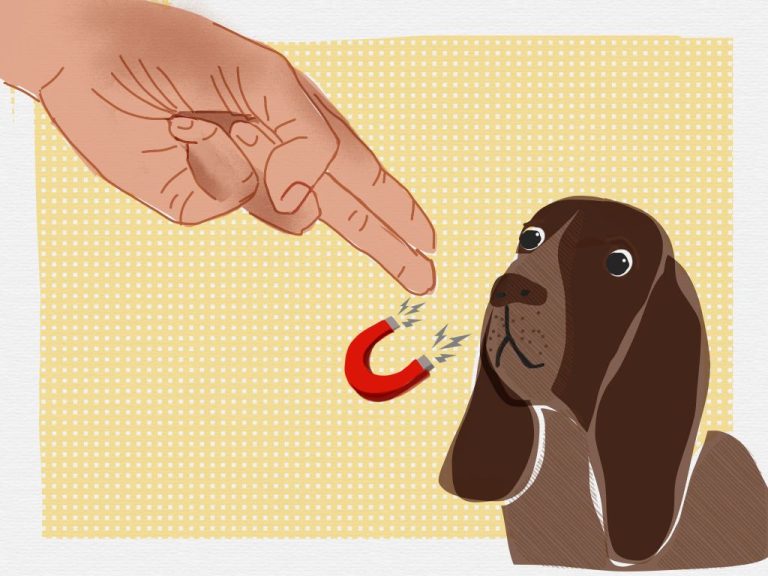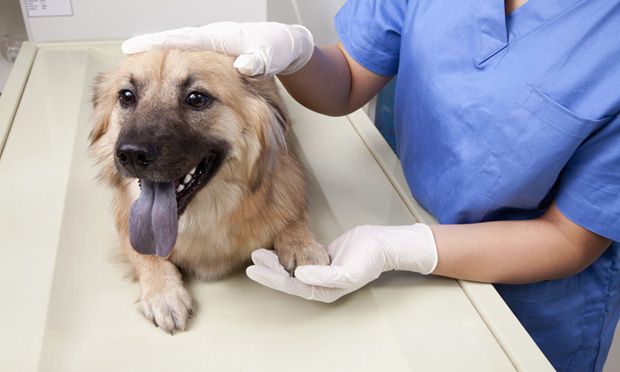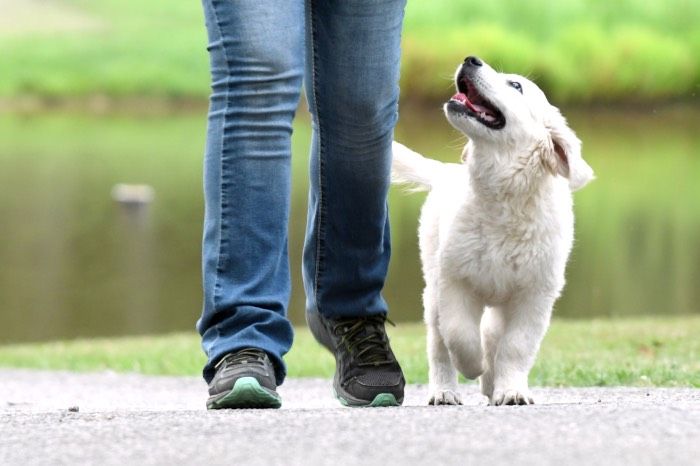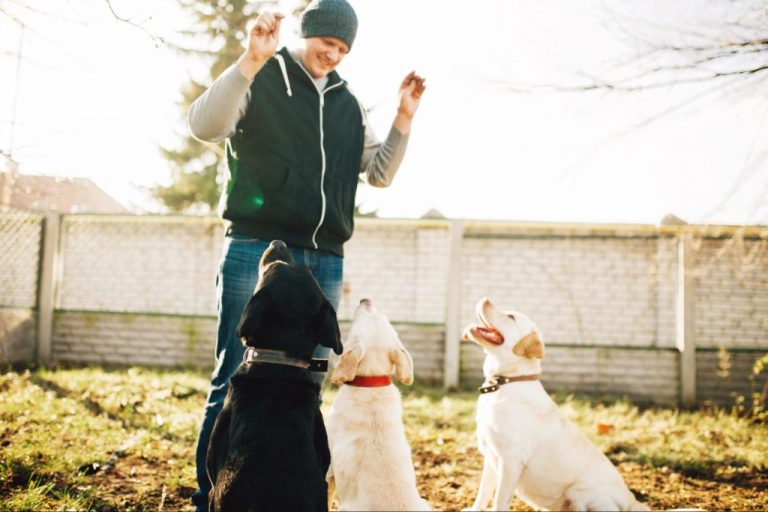Teaching Your Dog To Walk Politely On A Loose Leash
Teaching your dog to walk politely on a loose leash provides many benefits. A loose leash walk allows your dog to explore and sniff around while still allowing you to maintain control. It’s also much more pleasant for both you and your dog when there’s no pulling or tugging. According to sources, it typically takes 3-4 weeks of consistent training to leash train a dog, though some habitual pullers may take longer, anywhere from a few weeks to years depending on the dog. The key is being patient, consistent, and using positive reinforcement techniques to shape the behavior you want.
Get the Right Equipment
Choosing the proper leash and collar or harness is an important first step in leash training. For leashes, nylon or leather 4-6 foot leads are recommended for good control and comfort for both you and your dog. The leash should be long enough for your dog to have some freedom to explore but not so long that you lose control. Look for high-quality leather or nylon leashes with secure clasps and handles. Sources like Rover recommend flat leashes instead of retractable leashes, which give dogs too much freedom during initial training.
For collars and harnesses, ensure they fit properly so they don’t slip or choke. Harnesses with a front-clip like the AKC recommends can give you more control. A properly fitted martingale collar is also a good option. Try different styles to see what works best for your dog’s temperament and response. The right fit will allow control without coughing or restricting your dog’s movement.
Start Training in a Low Distraction Environment
It’s best to start leash training indoors or in your own yard or garden before moving to more distracting areas like parks or busy streets. Training in a low distraction environment prevents your dog from developing bad habits by not allowing them to practice unwanted behaviors. As explained by Valorant K9, “When I am training my own dogs, we always start off in low distraction areas such as the house, garden or street. What is important though is that you set the dog up for success.”
Dogs have a harder time focusing when there are a lot of distracting sights, sounds and smells around according to the AKC. They state that “Most dogs can focus in environments where distractions are limited or controlled, like at your house or in a training facility. But you can’t control the outside world.” Starting training in calmer areas allows your dog to learn good leash manners before being exposed to the unpredictable stimuli of the real world.
As The Dog Training and Learning Center explains, “Training a dog in low distraction areas first is beneficial for several reasons: it allows the dog to learn the skill, prevents the dog from practicing unwanted behaviors, [and] builds the dog’s confidence.” Make things easy for your dog by beginning training in low distraction areas.
Use Positive Reinforcement
Positive reinforcement is a training method that involves rewarding your dog when they perform the desired behavior. The goal is to increase the likelihood that your dog will repeat that good behavior. Positive reinforcement can include food treats, praise, petting, or a favorite toy or game. Since most dogs are highly food-motivated, food treats often work best for initial training (The Humane Society of the United States).
When your dog walks next to you without pulling on the leash, immediately reward them with a treat. You can also enthusiastically praise them with words like “Good walk!” or pet them. Over time, the dog learns that not pulling earns rewards. For initial training, give treats frequently, such as every few steps. Then gradually reward less often once the behavior is learned. Rotate different rewards to keep your dog engaged. Use their favorite toys for a reward after earned walks. The key is rewarding good leash behavior immediately so your dog connects it to getting the treat. Be patient, as it may take many sessions before your dog reliably walks without pulling.
Stop When Your Dog Pulls
One of the most effective ways to train your dog not to pull on the leash is to stop walking when they start to pull. As soon as the leash becomes taut, stop moving and stand still. Wait for the dog to move back beside you so the leash has slack again before continuing your walk.
Stopping when they pull removes the reward of getting to go where they want when the leash is tight. It teaches the dog that pulling on the leash doesn’t get them anywhere. Instead, they learn that staying by your side keeps the walk going. Be patient as your dog figures this out. It may take many repetitions before they make the connection that pulling means the walk stops.
The key is to be very consistent about stopping every single time they start to pull. Don’t let them get away with pulling even a little bit. By stopping immediately when the leash becomes tight, your dog will learn that they can’t move forward unless the leash stays loose. Eventually this will become a habit for them.
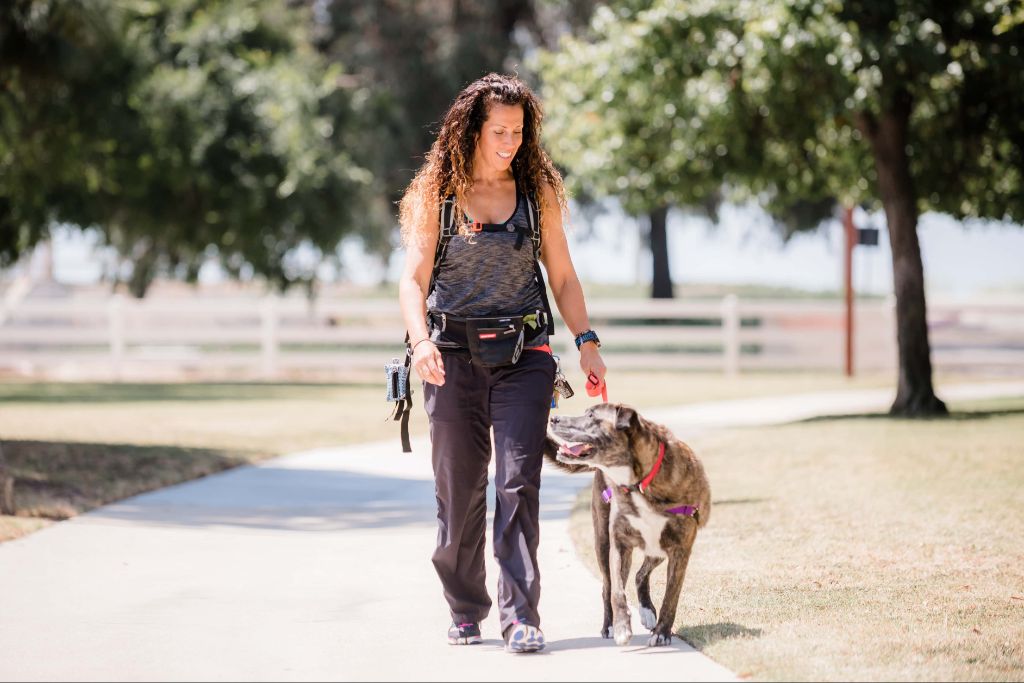
Make sure to wait until your dog returns all the way to your side before resuming the walk. Don’t start moving as soon as they turn back toward you. Wait for them to sit or stand calmly next to you before saying “let’s go” and starting to walk again. This reinforces that they need to be in the proper heel position to keep the walk going.
Be patient during this training process. It may take a lot of repetitions over multiple walks before your dog fully grasps that pulling means the fun stops. But with consistency, they will learn to walk without pulling so they can keep exploring and enjoying their walks.
Use Treats Strategically
One of the most effective ways to encourage polite leash walking is to give treats at your side to keep your dog focused on staying by you. According to GoodGoodPet, rewarding your dog when they walk properly by your side will reinforce this good behavior. When giving treats, hold them in the hand on the side you want your dog to walk on so they learn to stay in the correct heel position.
Additionally, follow an intermittent treat schedule to prevent your dog from expecting a treat every single step. The Animal Humane Society recommends giving treats every 3-5 steps initially. Then, you can gradually phase out treats over time by increasing the number of steps between rewards. The goal is to randomly reinforce the behavior, not create a pattern your dog can predict.
Practice Turns and Changes in Direction
Demonstrating how randomly changing direction helps keep your dog focused on you is an important part of loose leash training. Start practicing turns and changes of direction in low distraction areas first, like your backyard or a quiet side street. When your dog is walking calmly next to you, suddenly turn and walk in a new direction. Use an excited voice and fun energy to keep your dog engaged. Reward with praise and treats when your dog turns and follows you. The key is to be unpredictable – turn left, right, circle back, zig zag, whatever it takes to keep your dog paying attention. According to Loose Leash Walking: Teaching Your Dog A Directional Cue, practicing this over and over helps your dog fluidly change direction and follow you when you walk backwards or sideways. With enough reps, your dog will get used to focusing on you for cues on where to go next.
Work Up to More Challenging Areas
Gradually increase the level of difficulty and distraction for your dog as their loose leash walking skills improve. Start inside your home or backyard, then move to your driveway or quiet street. When your dog can walk nicely on a loose leash in those environments with few distractions, start practicing in areas with more distractions like a park or busy sidewalk.
Be strategic about increasing distractions. For example, start with brief walks past another person or dog at a distance, rewarding your dog for ignoring the distraction and staying focused on you. Over many sessions, work up to people or dogs passing more closely. Go slow with adding new challenges, and be ready to dial things back if your dog starts pulling again. Bringing high-value treats on walks can help keep your dog’s focus.
The key is to gradually “proof” your dog’s loose leash walking skills with small incremental steps. Moving too quickly to high distraction areas often backfires. Be patient and celebrate small wins along your training journey.
Be Patient and Consistent
Loose leash training takes time, commitment, and daily practice. Don’t expect your dog to learn proper leash manners overnight. Be prepared for the process to take several weeks or even months, depending on your dog’s age, temperament, and past experiences.
Try to be patient and avoid frustration. If you get annoyed or angry, your dog will pick up on those emotions and training will become more difficult. Remind yourself that your dog genuinely wants to please you. Any pulling or misbehavior is not an act of defiance – your dog simply needs more guidance.
With positive reinforcement and consistency, your dog will make steady progress. But you need to practice loose leash walking every day, even for just 10-15 minutes per session. Frequent short sessions are more effective than longer, infrequent ones. If you skip days here and there, your dog may revert back to pulling.
Celebrate small successes along the way – praise your dog and give treats anytime he walks politely next to you without pulling. With time and dedication, you’ll have the delight of walking your well-mannered dog without constant tugging on the leash.
Troubleshooting
If you’re having trouble teaching your dog to walk politely on a loose leash, there are some tips that may help:
If your dog is lunging or pulling hard, try stopping completely and waiting for them to return to your side before continuing. Reward them with treats when they walk calmly next to you. You can also change direction every time they start to pull, which helps break the habit.
If your dog gets tangled in the leash from crossing in front of or behind you, work on maintaining a consistent pace and use treats to keep them focused on your side. Practice circling around objects to get them used to staying on one side.
Some dogs do better with alternative equipment like front-attachment harnesses or head halter collars, which discourage pulling by making it uncomfortable or unproductive when the leash is tight. Talk to your vet or trainer about options.
If your dog is easily distracted and has trouble focusing, work in areas with minimal stimulation at first. You may need to take training in smaller steps, rewarding every couple steps of calm walking before expecting more extended periods of good behavior.
Be patient and consistent with the training. If you get frustrated, take a break and try again later. Loose leash walking takes time and practice for a dog to truly master.

